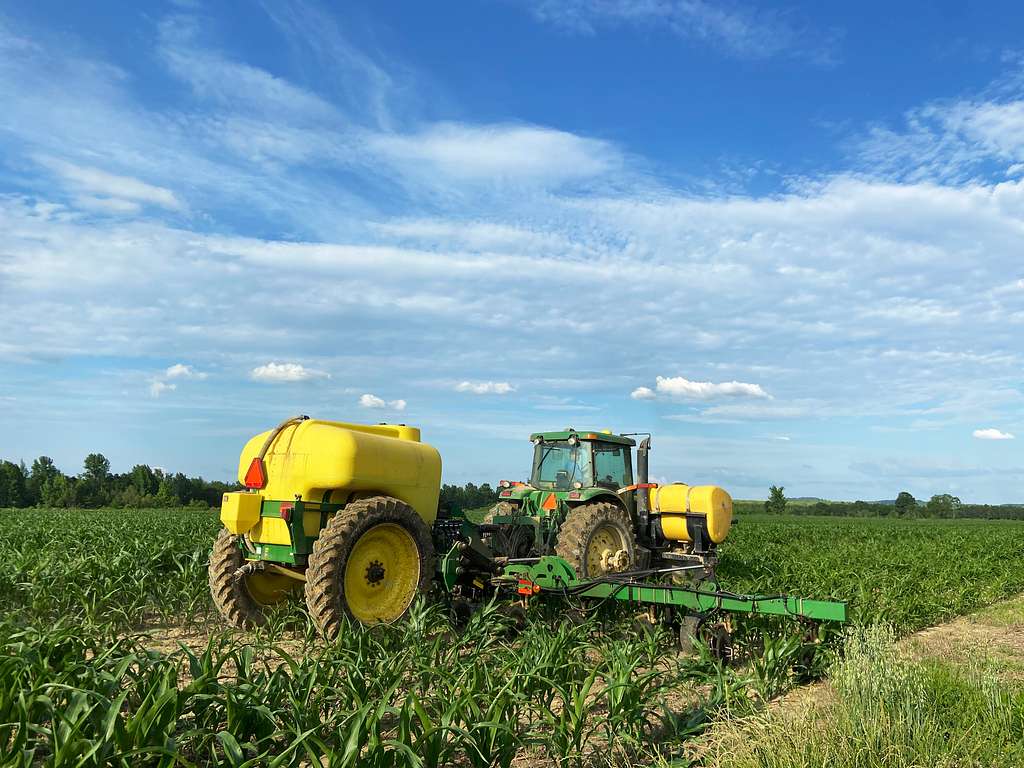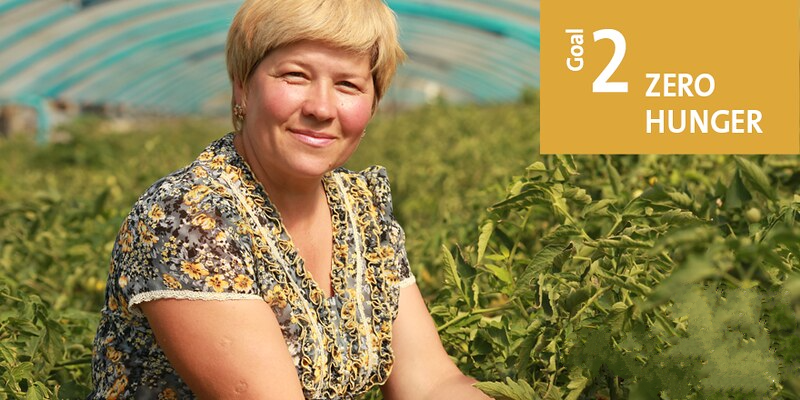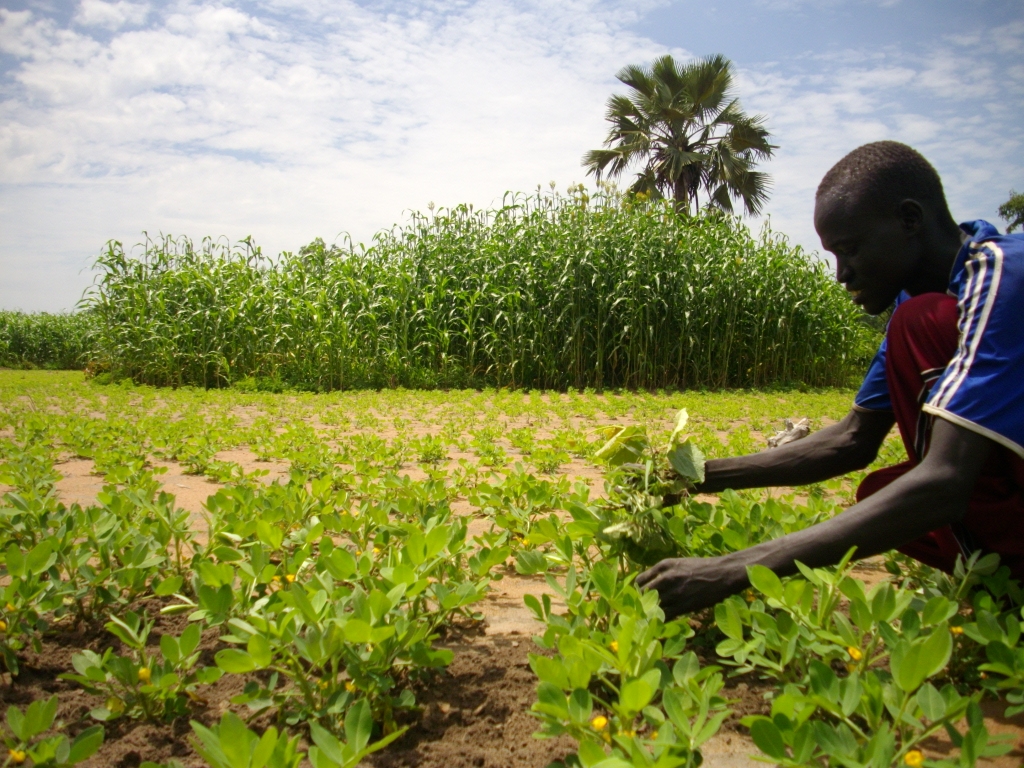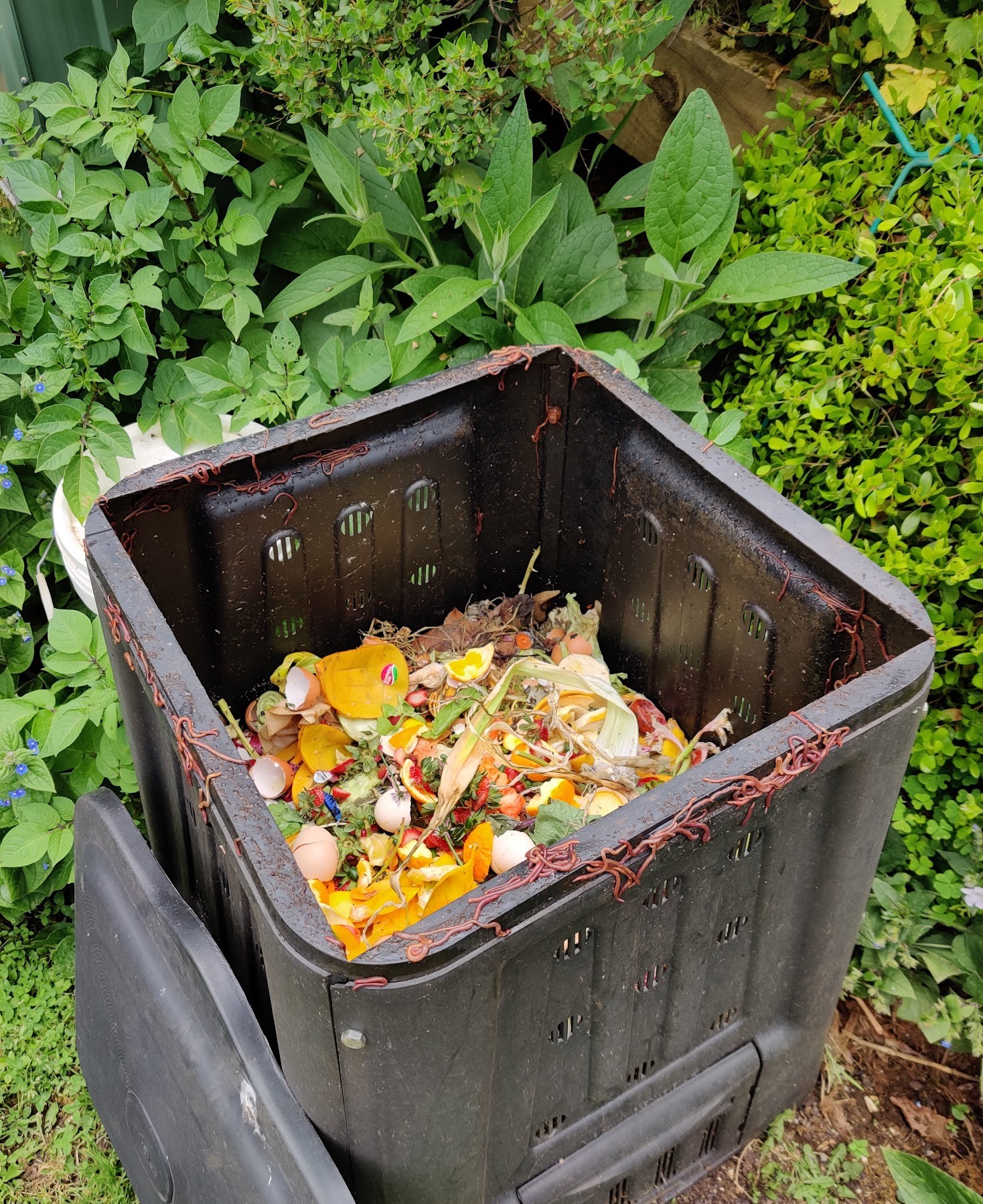About Fertilizer
Mineral fertilizers help grow more than 50% of what we eat. 66% - 75% of the world's calories come from crops like wheat, corn, rice, and soybeans, which can be grown with fertilizer.
A growing population of 8 billion (soon to rise to 10 billion in 2050) will need more and more food (70% more food by 2050, to be exact). To produce this, we have fertilizers.
Fertilizers have been around for thousands of years, helping food be more plentiful and affordable, and growing more crops. For example, in the U.S., nitrogen use has multiplied corn yields 4.4 times from 1950 to 2021.

This has been seen in multiple areas, where fertilizer betters crop yields, all while the demand for food rises exponentially.
Growing With Fertilizer
Farmers use fertilizer to produce the world's wheat, rice, corn, and soybeans. Other crops like hay and grass on pastures are fertilized.
Non food items grown with the help of fertilizers include ornamental grass, flowers, biofuel crops (corn and sugarcane), and cotton.

Fertilizer and the United Nation's Goal Two
The United Nations goal two talks about by 2030, having the world be hunger free. Food insecurity is on the rise, however target 2.1 states that people in any condition should have nutritious food to eat all year. For target 2.1 to be achieved, food insecurity must decrease SIGNIFICANTLY, by 2030.
But don't fret, fertilizer can check off two targets in goal two!

Credit: UN Women Europe Central Asia - CC BY-NC 2.0
- First, target 2.3, is about doubling agricultural productivity/income in small-scale food producers through, but not limited to, equal and secure access to productive resources, by 2030. As an example, fertilizer (a productive resource) could help do this, checking off target 2.3.
- Second, target 2.4 talks about ensuring sustainable food production by using farming practices that increase crop production and productivity. Using fertilizer as a farming practice can increase crop yields and "progressively improve land and soil quality."
In all, farmers around the world can be helped by fertilizer for only a little more money, but as a product, their crop yields are increased, and their soil quality is helped.
This would make food more available around the world, satisfying the United Nations goal two, zero hunger.

Credit: Wikimedia Commons - CC BY-NC 2.0
Fertilizer and the United Nation's Other Goals
Other UN goals that fertilizer play a crucial role in addressing are goals 11, 12, and 15.
Compost in cities can make a city/community more sustainable because compost can be used as fertilizer in local gardens and farmland. This is key in the United Nations goal 11, sustainable cities and communities.
Using compost as fertilizer in yards contributes to sustainable yards, creating a cycle of zero waste. This falls under the United Nations goal 12, Responsible Consumption and Production.
Using compost as fertilizer is something people can do to also help the UN goal 15, sustainable development. It helps reuse biomass for plant growth, therefore reducing climate impact.

Credit: Wikimedia Commons - CC BY-SA 4.0
As you have read, at least four of the United Nations SDG goals can be supported with the help of fertilizers. Fertilizers can mitigate world hunger by increasing crop yields and making cities, communities, yards, and other land more sustainable by using compost as fertilizer, in turn sustainably developing the world.